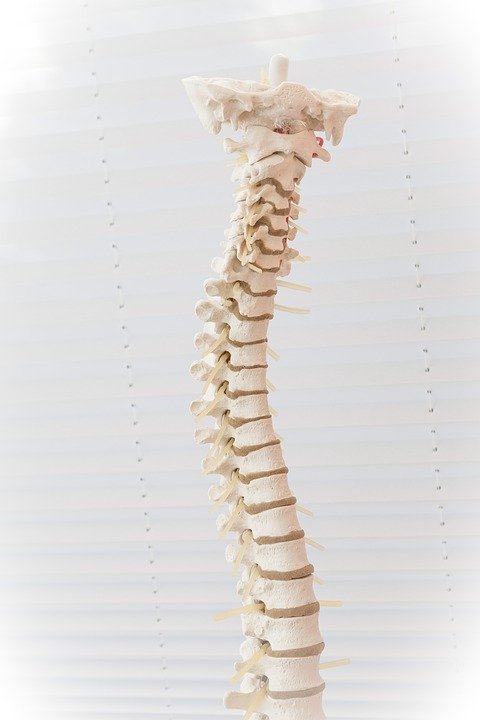The method, researchers said, will better target drugs to the affected area during a procedure called kyphoplasty, where a fracture is filled with surgical cement. Photo courtesy of Max Pixel
July 30 (UPI) -- Adding magnetic particles to surgical cement better helps heal spinal fractures by guiding nanoparticles directly to lesions, according to research involving pigs.
The method, researchers said, will better target drugs to the affected area during a procedure called kyphoplasty, where a fracture is filled with surgical cement. Findings from the recent study were published Friday in the journal PLOS One.
"By modifying the kyphoplasty bone cement, we can both stabilize the spinal column and provide a targeted drug delivery system," co-lead author Steven Denyer, a third-year medical student in the UIC College of Medicine, said in a press release. "This is a very promising technology as it has the potential to become a surgical option for patients with primary spinal column tumors or tumors that metastasize to the spinal column."
While kyphoplasty can stabilize the bone in patients who have spinal fractures caused by tumors or osteoporosis, those with cancer often still have tumors left in the spinal column that can be difficult to reach with conventional chemotherapy that does not cross the blood-brain barrier during intravenous delivery.
For the new study, researchers used a pig to study their magnetically-guided drug delivery system.
Twenty-four hours after the kyphoplasty, a 50 mg/mm2 solution of the magnetic nanoparticles was injected into the right ear vein over 15 minutes. The researchers successfully steered magnetic nanoparticles to the magnetic cement in the animal's spinal vertebrae.
The researchers hope to test the efficacy of this technique on spinal column tumors by binding the magnetic nanoparticles to tiny amounts of chemotherapy drugs.
"Our study provides an in vivo proof-of-concept that this novel drug delivery system can help treat underlying causes of spinal fractures in addition to providing structural support," said co-lead author Abhiraj Bhimani, a fourth-year medical student in the UIC College of Medicine.















